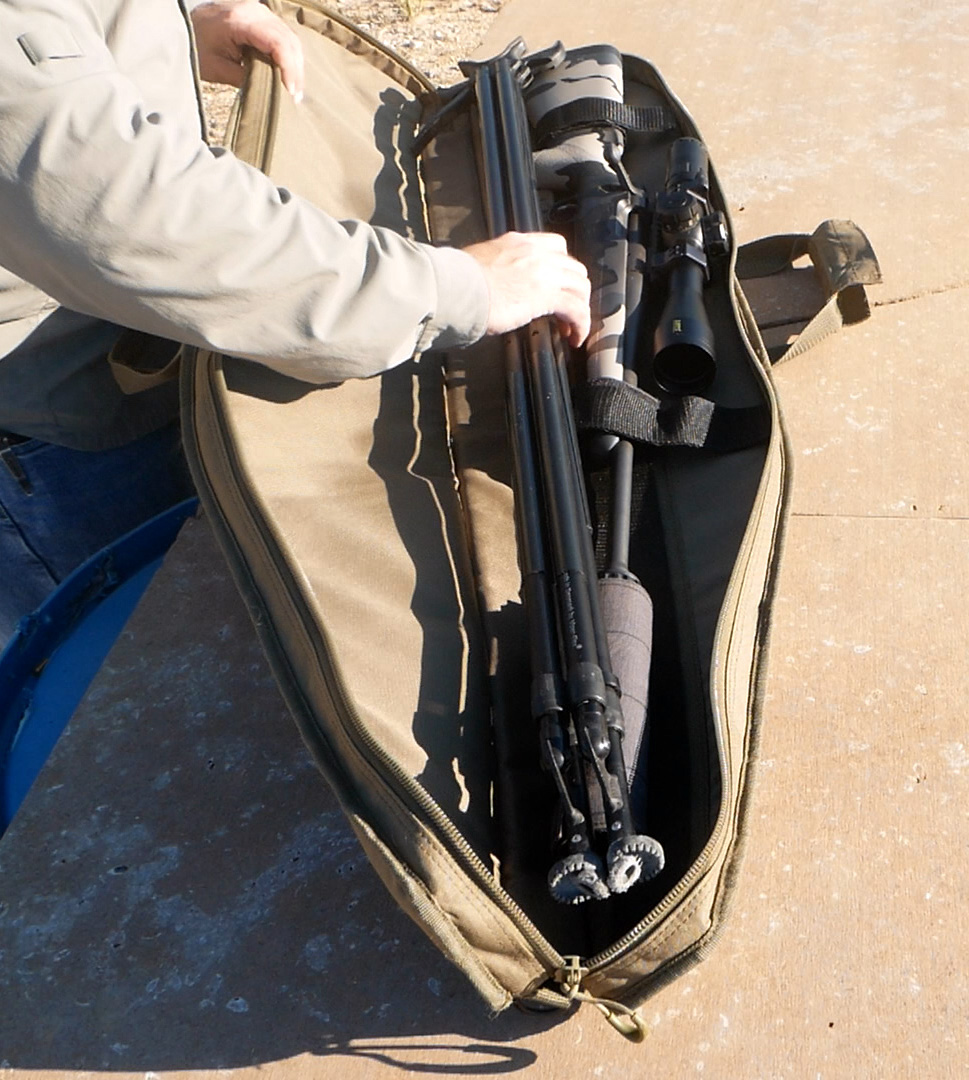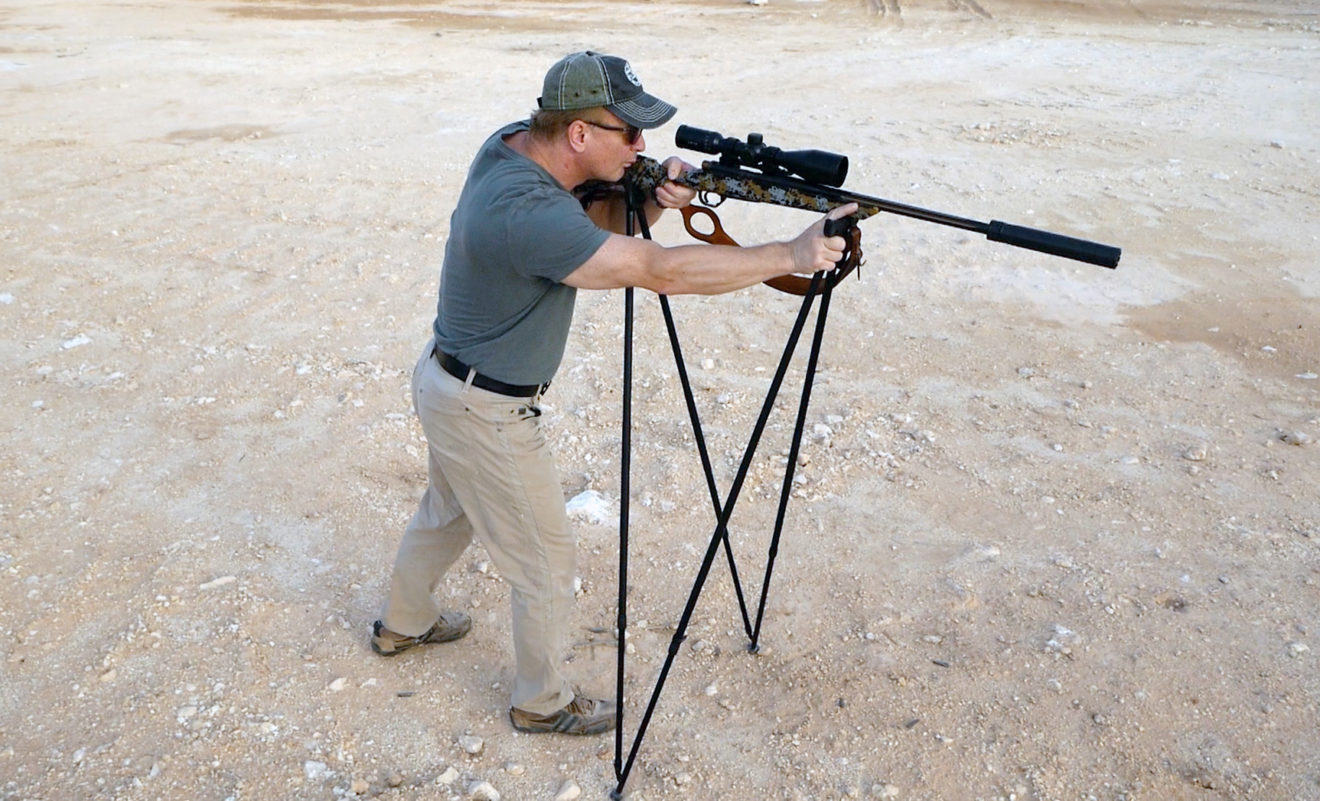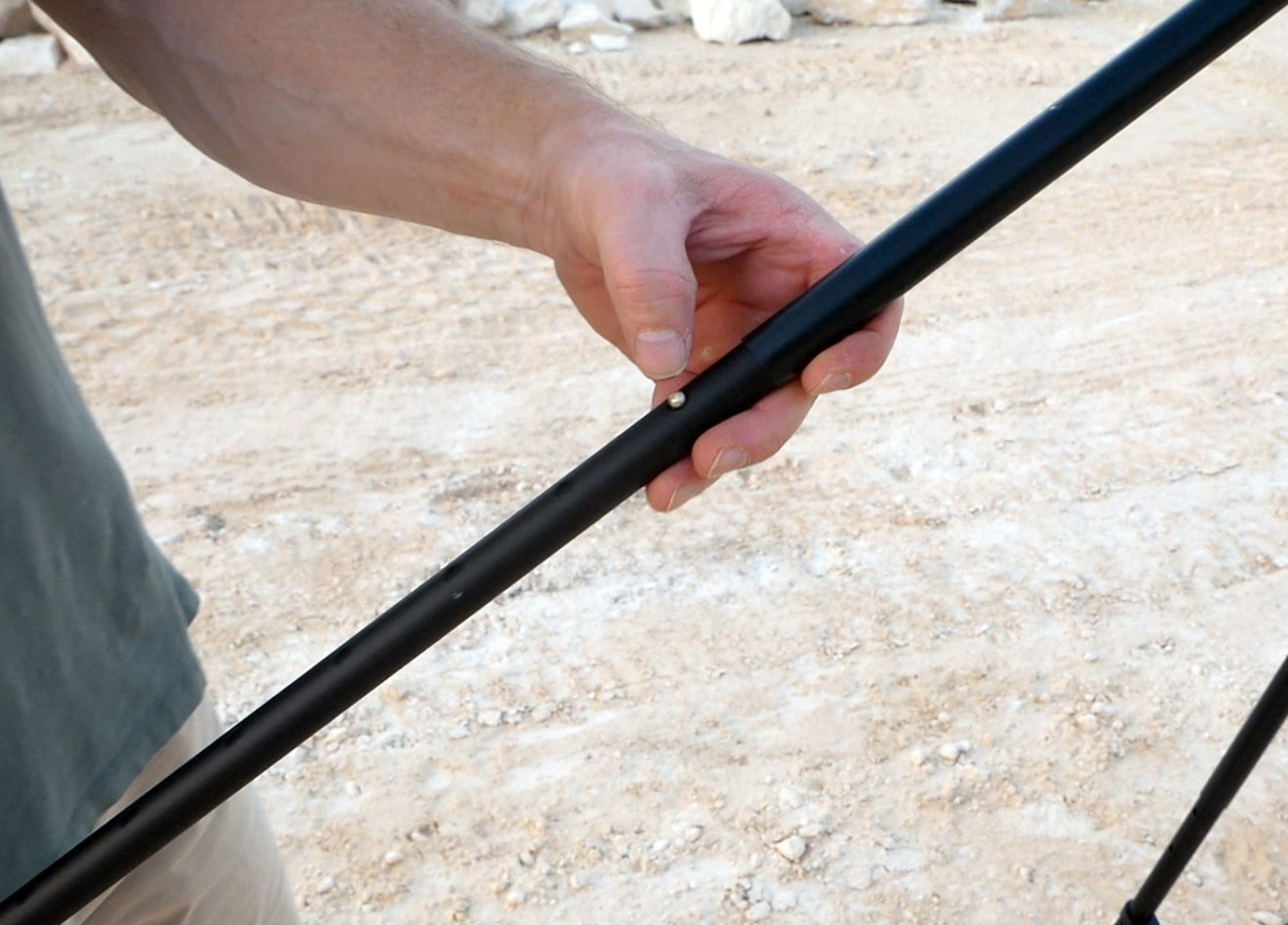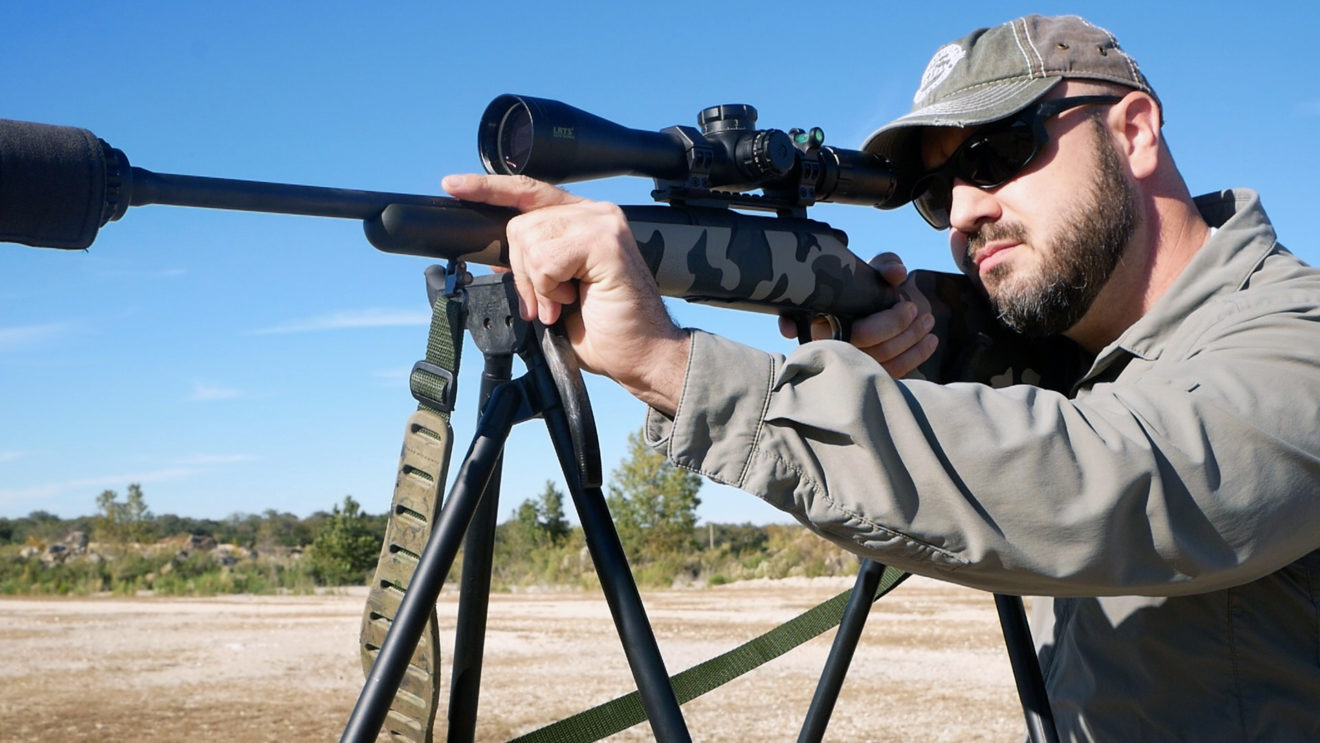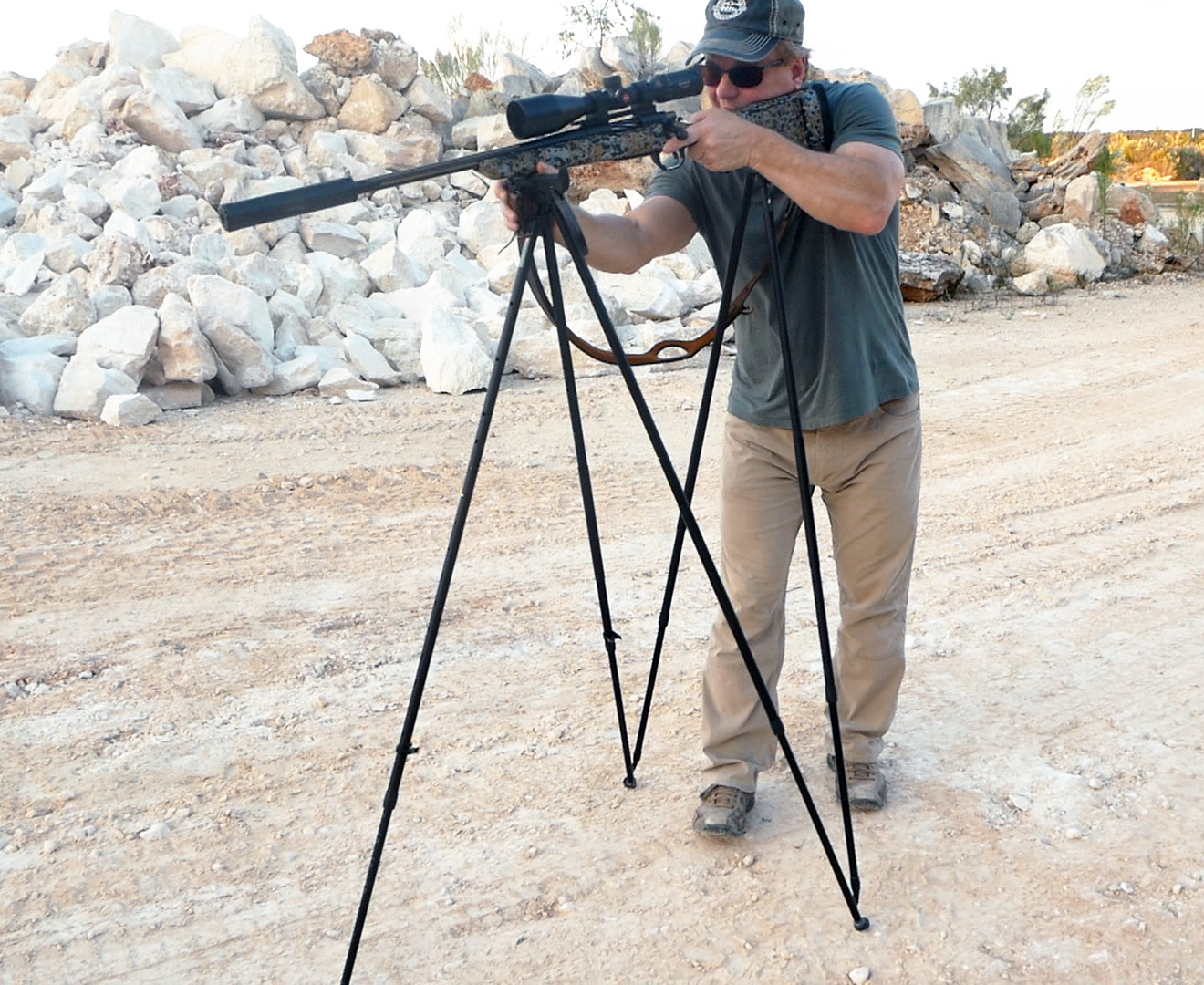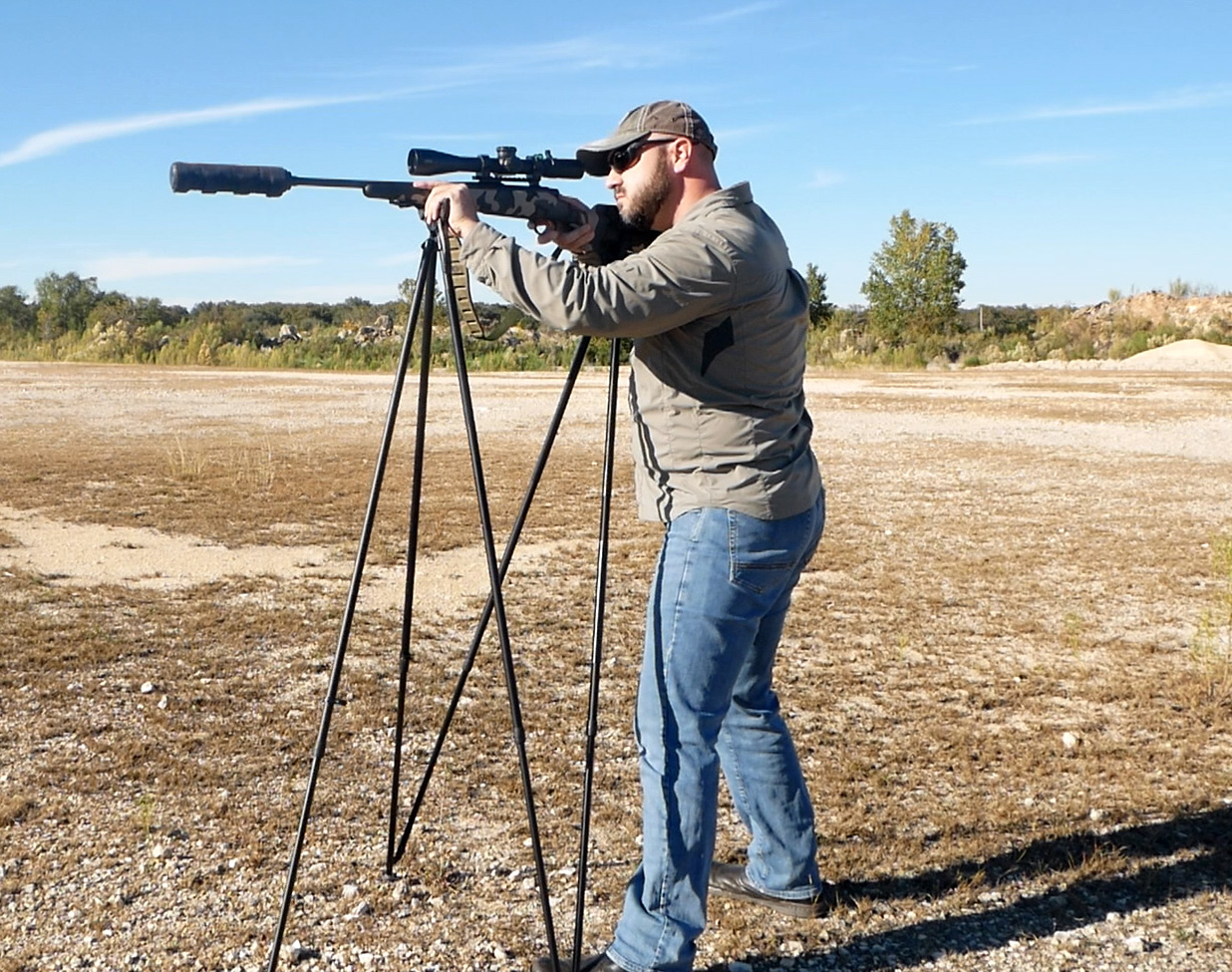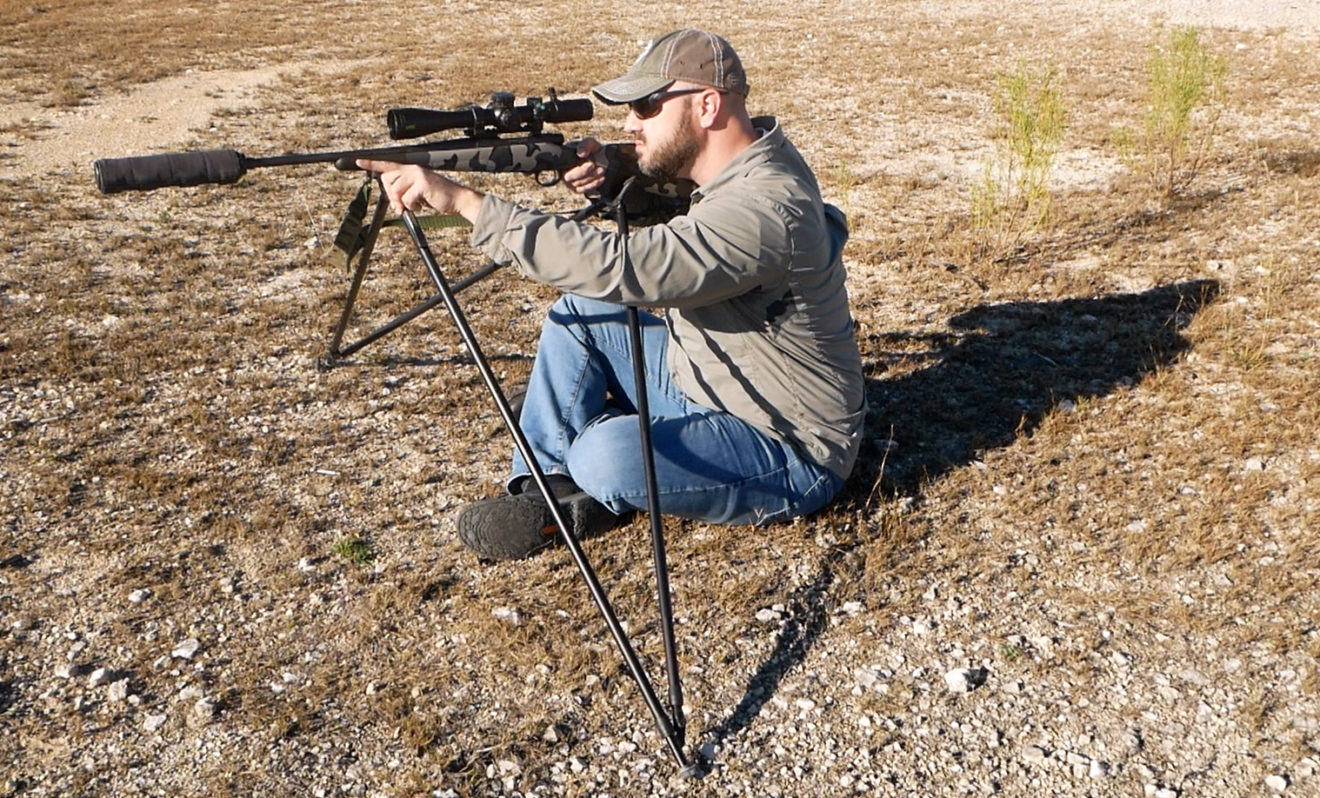Viper-Flex Styx Elite: Shooting Sticks Review
Since firearms were first invented, shooters have been trying to find the perfect way to shoot from a standing position. After shooting for years with shooting sticks, I think I might have found the best ones on the market – at least for certain applications, but more on that later.
The sticks in question are the Viper-Flex Styx Elite, which comes from Denmark and is likely unfamiliar to our American readers. I first saw the sticks featured in hunting videos from Field Sports Britain. I was intrigued enough to reach out to Claus from Viper-Flex, who directed me to Darrell Holland from Holland’s Shooting Supply in the United States, who could source the Viper-Flex shooting sticks for those who, like me, live on this side of the Atlantic Ocean. Darrell sent us the sticks, and after a few months of testing, we have a full review for you.
Operation
What makes the Viper-Flex unique from other shooting sticks on the market is its ability to support the front and back of the gun simultaneously. As an American hunter, I was most familiar with the Primos Trigger Sticks for hunting. While the trigger sticks are great for quick deployment, the gun is only supported on the forearm of the rifle, which allows for maneuverability but can also introduce errors. The Viper-Flex supports both the forearm and the buttstock of the rifle, which allows for the same maneuverability but with greater stability.
The Viper-Flex Styx are made of black anodized aluminum and is easy to adjust. Push the buttons in and pull to the desired length. The Styx work for shooters ranging in height from 4-feet tall to 7-feet. When completely retracted, the Styx measure 45 inches long, which allows you to store them in most rifle cases next to your gun.
The Viper-Flex Styx are best described as a quadpod. Using four poles that converge at two points, the Viper-Flex allows for shooting prone, sitting, kneeling, and standing positions. They can be operated by one hand and, once deployed, can be adjusted to any shooting possibility. A handle on the side of the shooting sticks makes it possible to unfold the shooting sticks with the hand in front. The handle can be moved from the left to the right side for left-handed shooters.
There is a built-in transmission in both top sections, ensuring that they are always in the same position relative to the legs’ spread angle. Squeeze the handle, and the legs deploy to the normal standing shooting height. We found that you need to set the leg height higher than you would normally want to be shooting from so that when the sticks are deployed, the height is right. If you need to shoot higher or lower, just pick up one side and change the angle of the leg spread. If you want to use the sticks for sitting or kneeling, then shorten the legs and spread them out to the needed angle.
When you look at the Viper-Flex sticks, you really see the attention to detail. The rubber feet allow for grip on hard, soft, wet, and dry surfaces without causing excess noise when deploying. Additionally, the rubber connector in the middle allows for opening and closing without noise.
Both the front and rear rests are rubber coated to reduce noise when setting the rifle up. The sticks can be used with the fork at the front or rear of the rifle. If the wide front cradle is in the front, you can adjust the rifle left and right with your support hand while keeping enough grip on the rifle for it to remain steady when shooting. If the sticks are reversed, then the shoulder is used to adjust the rear of the rifle allowing left and right adjustment.
Lastly, for faster adjustment of the sticks you can use the optional clip grips, which are plastic covers that attach to the poles. This allows for rapid deployment and retraction (see the video for a detailed explanation). The second advantage that the clip grips offer is the reduction of noise from wind. When the wind blows on the exposed holes, it creates a whistling noise. That noise is eliminated with the clips installed.
Testing
As mentioned earlier, this is a completely different system from other shooting sticks on the market. This means you will need to practice with the Viper-Flex to become comfortable with their operation and how best to deploy them in anticipation of your hunting environment and shooting style.
Personally, I found that using the wide saddle at the front worked best for my shooting. It allowed me to adjust the front of the rifle with my left support hand with ease. This seemed more natural than moving my shoulder or stance to make fine-tuned adjustments.
In testing, we used the Styx for several range trips and were able to hit targets at more than 400 yards as though we were shooting from a bench. They provide much more support than our old trigger sticks. The difference in accuracy was amazing.
The only thing that I can think of that could possibly be perceived as a disadvantage compared to other shooting sticks on the market is that the Viper-Flex take a bit more time to set up. For me, that time is made up in a faster and more accurate shot.
One thing I did not mention yet is that the Viper-Flex Styx gives you the option for adding a fifth leg. This leg clips to the front of the quadpod set up and creates an even sturdier setup. It can even hold the rifle without any assistance. We did find that, while it was more stable, it did make setup longer and adjustments slightly longer as well. Unless you have plenty of time and are making an exceptionally long shot, I think you could go without the additional leg.
When testing, we used the Viper-Flex Styx with traditional hunting rifles, AR-15’s, and heavy chassis guns. The sticks handled each easily; however, for the AR, I would suggest some additional time in training to account for the extended magazine. Also, we found that raising up the back-support saddle, from what we were using on the bolt guns, made it easier to setup.
Final Thoughts
I am a fan of the Viper-Flex Styx and plan on using them as much as I can. They are tailored toward spotting and stalking hunts which works great for mountain and plains hunting. It is no wonder that they have the following that they do in Europe and Africa.
Jeremy Mallette is co-founder of International Sportsman. An avid hunter and outdoorsman, he has spent more than a decade in the outdoor industry, from hiking and camping to silencers and hunting. His father taught him to shoot at age six, and he received his first firearm at age eight — a 1942 Colt Commando .38 special revolver. He enjoys yearly trips to Kansas for pheasant hunting, spending time with his children at the deer lease, and collecting unique firearms.


